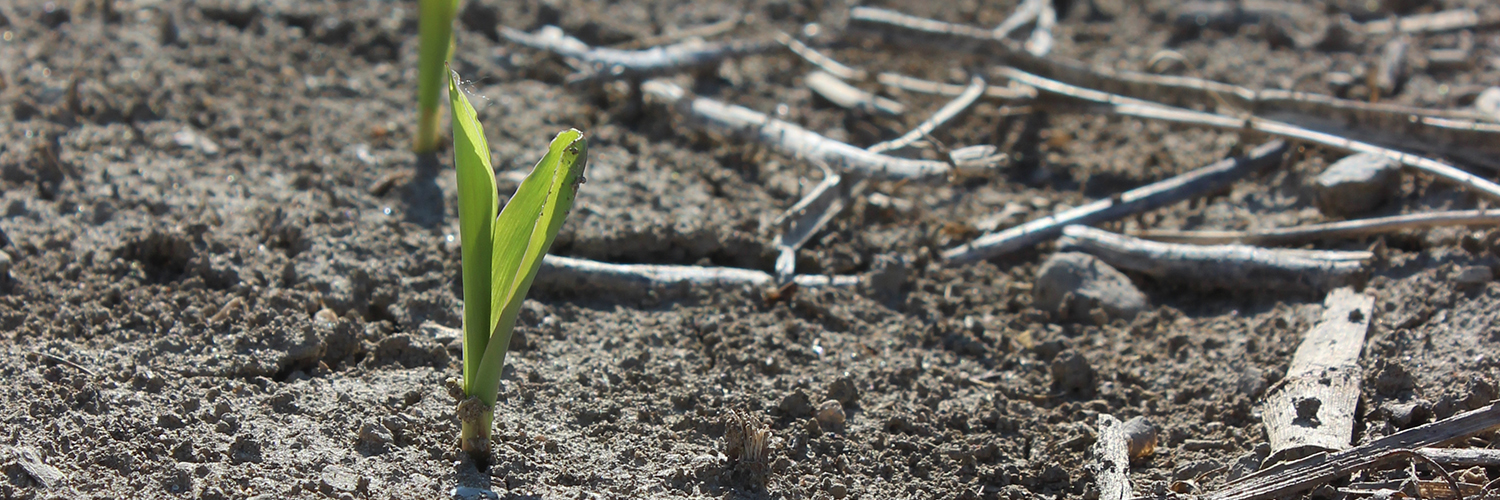
Why Analyzing Yield Data Is Important for Maximizing Field Output
Every farmer strives to maximize their harvest. But how do you know which areas of your field are thriving and which need a helping hand? This is where yield data, a cornerstone of precision agriculture, comes in.
By going beyond the surface and looking into yield data, you can revolutionize your farming practices.
Here, we'll explore how analyzing yield data can help you boost your yield, optimize resource use, stay ahead of challenges, and more.
We'll also provide a step-by-step guide on how to extract valuable insights from your data, ultimately leading to informed decision-making.
Why is yield data important?
Yield data can make a big difference in your operations. Here are 5 reasons why it matters to you:
-
Maximizing yield
Yield data gives you a clear picture of which areas of your fields are performing at their best and which might need improvement. This helps you fine-tune your farming practices—like adjusting fertilizer or irrigation—to get the most out of every acre.
-
Saving time and money
You can use your resources more efficiently by understanding where your crops are doing well and where they aren’t. This means you're not wasting money on unnecessary inputs and can focus on the areas where it’ll have the most impact.
-
Staying ahead of challenges
From unpredictable weather to pest infestations—farming is full of unknowns. Yield data helps you anticipate trends, patterns, and possible problems in advance so you can adjust before they become bigger issues.
-
Continuous improvement
Analyzing your yield data over time lets you track your progress and learn from each season. It's about constantly refining your farming approach to get better every year.
-
Caring for the environment
Analyzing yield data is key to sustainable farming. It helps you use resources like water and fertilizer more wisely, which is good for the environment and keeps our soil healthy for the long haul.
Why winter is an ideal time for analyzing your yield data
Winter is the perfect time to explore yield data from the previous growing season. The slower pace on the farm means you have more time for analysis without the pressure of active cropping. It’s a great time to step back, review, and get insights to inform your future plans.
Benefits of analyzing yield data in winter:
-
Identifies patterns and trends in crop performance
-
Helps you understand variability across different areas of the field
-
Pinpoints areas needing improvement or adjustment
-
Evaluates the effectiveness of previous management practices
How do we analyze yield data?
Yield data is a goldmine of information for any farmer. By analyzing it, you can identify areas for improvement, optimize your practices, and boost your harvest. Here are the key steps in the analysis process:
-
Collecting and compiling data: The journey begins with collecting yield data from harvesters or machinery equipped with yield monitors. This data typically includes yield per unit area (e.g., acre or hectare).
-
Creating yield maps: Specialized software then transforms this data into yield maps. These visual representations pinpoint areas of high and low yields across your fields.
-
Interpreting yield maps: These patterns are compared with other field data like soil samples and weather records to gain deeper insights. This allows you to understand which factors influence your yields.
-
Historical analysis: By examining past yield data, you can track long-term trends and measure improvements in field performance over multiple seasons. This historical perspective helps you refine your strategies for future harvests.
How does yield data support soil management and crop rotation?
Yield data is a valuable tool for farmers when planning soil management and crop rotation strategies. Here's how it helps:
Identifying nutrient deficiencies
By analyzing yield data across different areas of a field or over several seasons with the same crop, farmers can identify areas with consistently lower yields. This can indicate potential nutrient deficiencies in the soil.
For example, if corn yields are consistently lower in a specific area, it might suggest a lack of nitrogen in that part of the field.
Assessing the effectiveness of soil management practices
If farmers implement a new soil management practice like cover cropping or reduced tillage, they can compare yield data before and after the change.
This helps them see if the new practice is improving soil health and leading to higher yields.
Optimizing crop rotation
Crop rotation can significantly impact yield. Analyzing yield data from different crops grown in rotation allows farmers to see which combinations work best for their soil and climate.
For instance, if soybeans grown after corn consistently produce higher yields than wheat, you can adjust their rotation plan to prioritize that sequence.
Understanding long-term trends
Historical data collected over several years can reveal long-term trends in soil health. A gradual decline in crop yields might indicate a need for more intensive soil management practices to restore fertility and structure.
Closing thoughts
By harnessing crop yield data, you can transform your operations, maximize yields, optimize resources, and ensure a sustainable future for your land.
Remember, winter presents a golden opportunity to look into your data. With careful analysis, you'll gain the insights you need to make informed decisions about soil management, crop rotation, and more.
Analyze your yield data with Precision Agri Services
At Precision Agri Services Inc., we understand that every seed counts. That's why our yield data analysis services go beyond simple analysis. We offer complete, clear, actionable insights to maximize your farm's productivity.
Using our advanced Software Management System (SMS) and Variable Rate Seeding (VRS), we tailor seeding and planting strategies to perfectly suit your fields.
We're also proud to offer expert planter services, specializing in optimizing your equipment for peak performance. We provide custom-built planters and essential attachments tailored to your needs.
Plus, we offer extensive agronomy expertise and dependable crop consulting services across Ohio.

